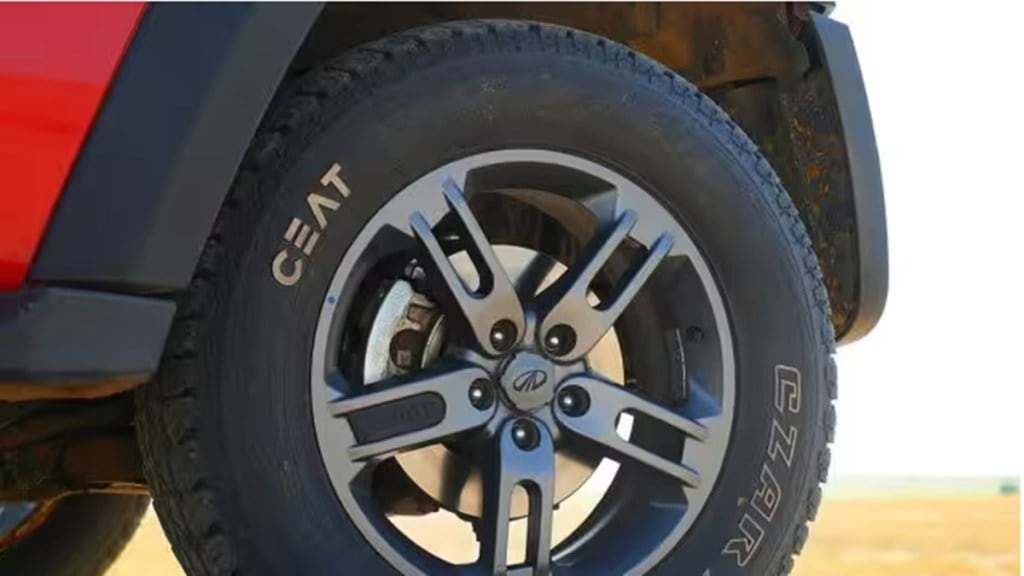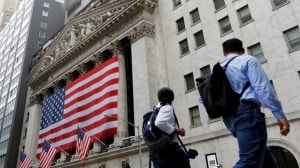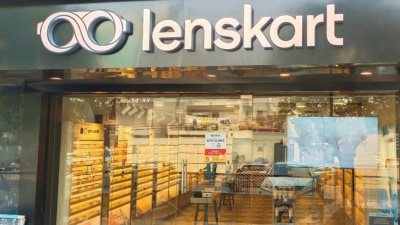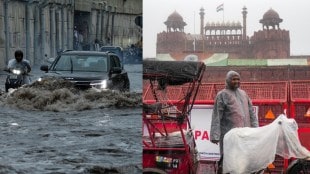Ceat, one ofthe country’s biggest tyre makers, went in for a price hike during the September quarter despite a fall in input prices. The move helped it push standalone net profits by more than six times to Rs 199 crore year-on-year though revenues went up by only 5.4% to Rs 3,043 crore. With improvement in market share, Ceat is investing in adding capacities to meet demand Arnab Banerjee, MD and CEO, Ceat, told Swaraj Baggonkar.
What is the reason behind the significant jump in net profit despite a moderate revenue growth?
Raw material has been benign. We have seen several dips in prices by 2.5%, quarter-on-quarter. We were able to position our products better by way of price hikes in TBR (truck bus radials) and PCUV (passenger car utility vehicle) in the replacement market. This led to improvement in realization.
How much price hike did you take?
The quantum of hike we have taken is about 1% in TBR and 1.5-2% in PCR.
Can the market digest further price hikes?
The hikes are not related to the market but our positioning vis-à-vis other options available in the market from the consumer’s perspective. So, our stance is purely from a brand perspective. Our product mix within PCUV is also improving, all of which points towards higher margins.
Have you seen the impact on demand due to these hikes?
We expect to gain market share in two-wheelers because of sheer volumes. I do not have the market share figures with me but compared to Q1, our Q2 has been stronger, which is not the case usually because of monsoon. Four-wheeler volumes have been steady too.
We have not seen any negative fall-out from the price hike. It was a well calculated move that paid off.
How have the raw material prices behaved in Q2? What are your expectations for Q3?
Prices of petroleum-based raw material like synthetic rubber and fabric prices came down. Carbon black went up. Natural rubber was constant.
Going forward, our view is that raw material prices have bottomed out and because of the geopolitical events, crude has gone up. We expect a rise in crude-based products. Our view is that 3-4% will increase over the remaining two quarters of the year.
What is your guidance for margins for Q3?
Our objective is to not allow margins to fluctuate wildly and keep it in a narrow band. We will take various medium-term measures to improve the margins within the band.
How much did exports contribute to your revenue kitty?
Our exports are just short of 20% and is a key focus area. There is pressure on export numbers due to the geopolitical tensions. Europe has been in recession but we expect numbers to pick up by the end of Q3 or Q4. But the US and Latin America are doing well.
What levels of utilisation are the plants operating at?
Broadly, it is 75%, but it varies across plants. Halol (Gujarat) is almost fully utilised, Ambernath utilisation is low 60-65% because we have been expanding the plant having just concluding the first round of expansion. Chennai plant is also upwards to 70%. We have a headroom for capacity.
What about capex for the year?
We had given a guidance of Rs 750 crore for the year but we may incur more essentially to debottleneck the Halol plant. There is a very attractive opportunity for brownfield expansion there of about Rs 100-odd crore. That will not entirely happen this year. So, this year’s capex can be over Rs 800 crore.









